4 Things You Should Know Using a Plate Tamper
As homeowners, we always look for different ways to enhance curb appeal and property value.
Interlocking paver fixtures such as retaining walls, driveways, and patios have gained popularity. Today, contractors have realized the significance of compaction, an essential step in achieving high-quality paver structures.
To ensure the success of such projects, you need to understand how to use a plate tamper or compactor
Read on to learn more:
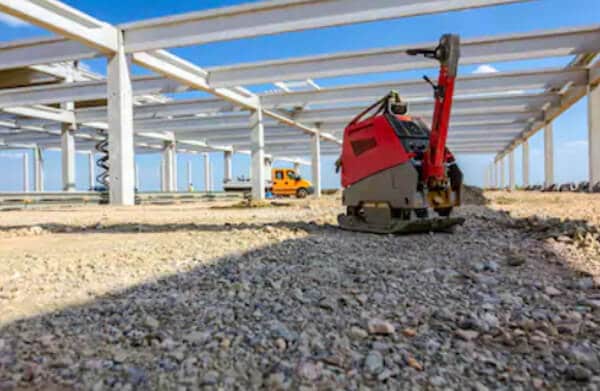
Contents
What Does a Plate Tamper Do?
A plate tamper or compactor is an equipment designed for handling rough or uneven gravel and dirt surfaces.
When constructing your foundation or paving your driveway, you’ll need a tamper to prepare the soil beneath. These machines come in different sizes, models, and designs.
Some are simple hand-held equipment, while others can be largely automated industrial machines.
Plate tampers function by vibrating the flat metallic plate on the ground, compressing and smoothening the surface. They will work well with granular soil such as gravel or sand. Some compactors design can be able to handle considerable sizes of rocks effectively
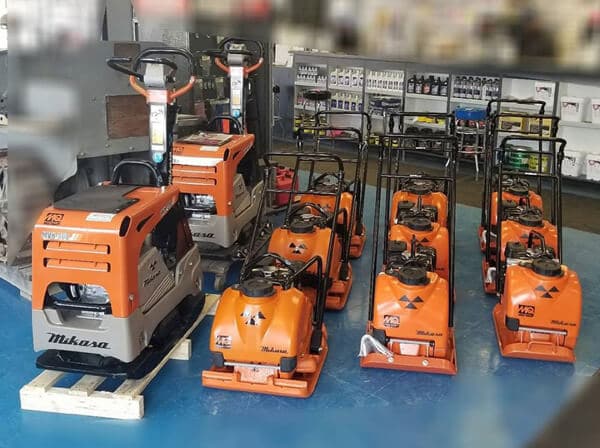
*Picture shows Mikasa
Weights and Depths
The most common types of plate compactors are reversible and forward.
Forward
The forward plate tampers work in a forward direction, and they are useful in compacting granular particles like the 8-12-inch gravel or sand. Typically, these units are lighter and smaller (around 100-300lbs), and simple to maneuver on job sites. They can deliver up to 4,500ft-lbs centrifugal force and 5,700vpm frequencies.
Hence, they are capable of compacting thin layers of materials while reducing excessive compaction.
Additionally, they function at 1000-3200cu ft/hour rate, which makes them suitable for small-scale repairs and maintenance tasks on your property.
Reversible
However, when dealing with medium-deep layers of materials (between 16-32 inches thick), consider using reversible models with 3000-4000vpm. These reversible tampers are essential to help reach more depths during compaction. Since they are reversible, they can operate efficiently in tight areas and close to obstacles.
Their work rates are usually 1600-4600cu ft/hour. They are better alternatives to drum rollers and excellent for compacting cobblestones.
Additionally, their compact sizes and easier maneuverability allow you to work in remote locations.
Will a Plate Tamper Break Pavers?
Plate tampers are essential in compacting bases in preparation to lay pavers.
However, you can also use them to level the pavers and help the sand in between the joints settle. After laying pavers, you need to compact them with more than 3 passes of high frequency-low amplitude plate tamper.
Ensure it has adequate area to cover up to twelve units. Also, ensure you cover the tamper’s base with a thick rubber or plywood sheet to prevent direct contact with pavers.
By doing this, you’ll avoid the pavers from breaking.
What Can be Used to Instead of a Plate Tamper
There are other alternatives to a plate tamper when you must get the job done.
When compacting cohesive soil, consider using a rammer. They are slim, upright, and have and have a smaller plate size excellent for direct compaction, tight spaces, and trenches.
Additionally, when working with asphalt or cohesive soil, you can use a roller compactor. Finally, you can use jumping jacks that work in the same way as rammers.
If you have any more questions, welcome you leave a comment below.
Machines recommend, Plate Tampers
Other Posts related to the plate tamper
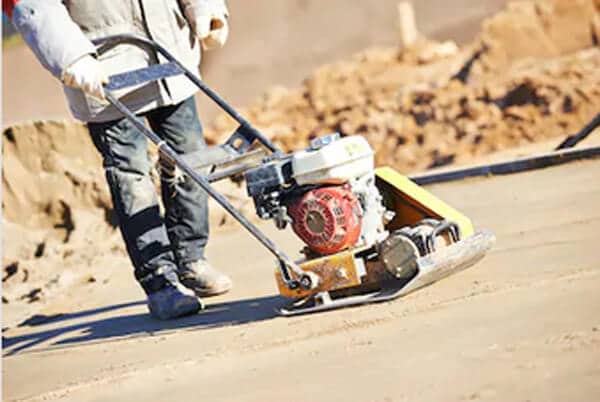
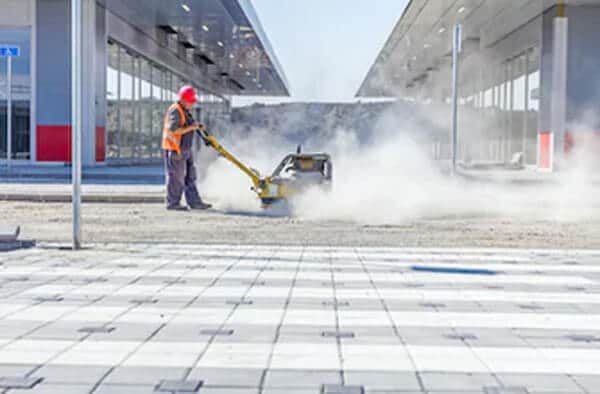
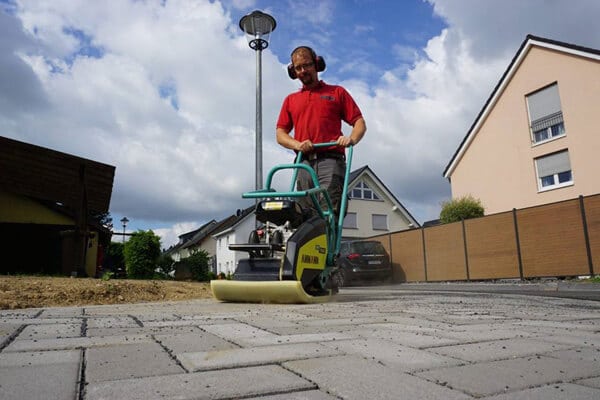

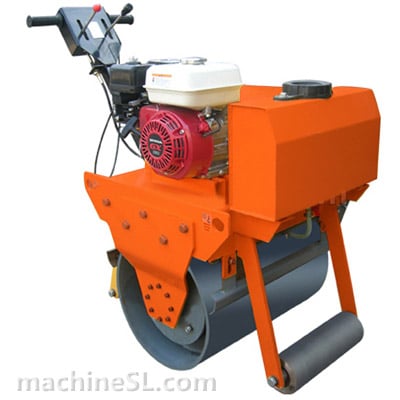
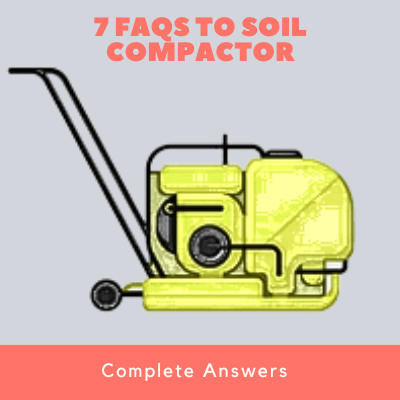
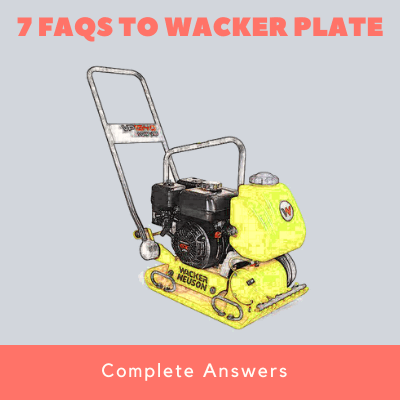
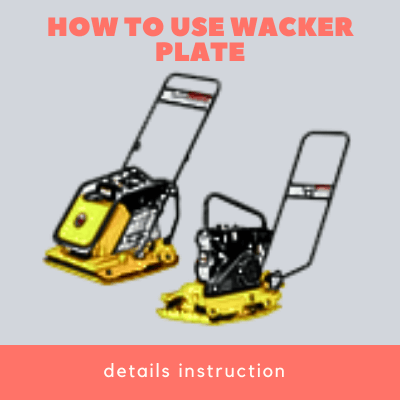
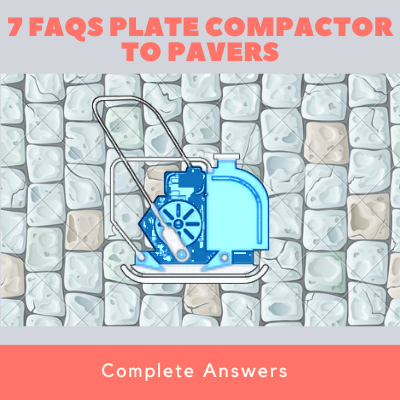
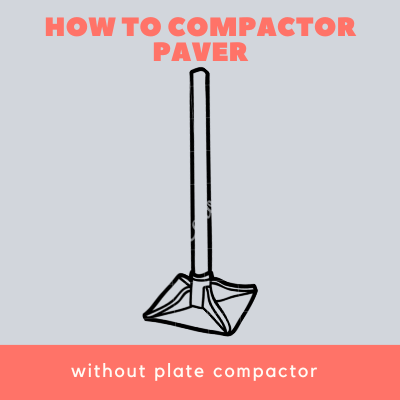
Leave A Comment